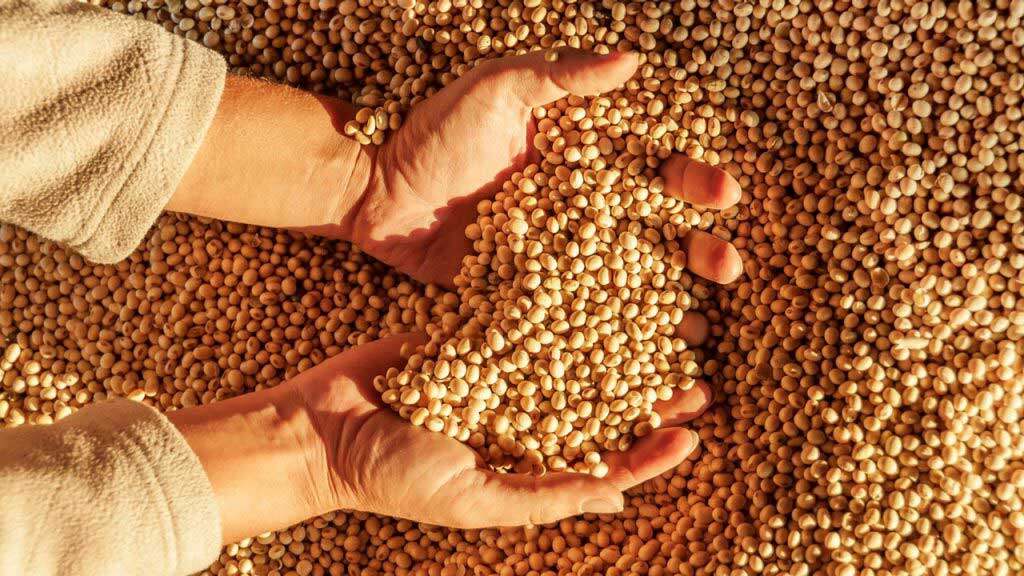National’s policy suggests the long-term use and apparent safety of these plants overseas would mean they’d be considered safe to grow here, and the party has a good point, says Andy Allan.


The National Party has released its Harnessing Biotech policy on ending New Zealand’s effective ban on gene editing and the growing of genetically modified organisms (GMOs). The policy itself is well-thought-out and offers some hope that a rational approach to new technologies in New Zealand may be around the corner.
It is also a pity that this is again a political issue. In a rational world, questions of whether to develop gene-edited crops or animals (or if gene editing should be used for medicine) should be about the evidence, the data, and whether there will be a big gain (health, social, environmental and economic) with low levels of risk. This would be on a case-by-case basis as recommended by the Royal Commission on Genetic Modification in 2001, before pressure groups successfully lobbied for a zero-GMO country approach.
Two developments have shifted the argument after 25 years of ‘debate’. The first is the development of the CRISPR-based gene-editing tool which was quickly adopted around the world, which allows for a very efficient way of making “nature-identical” changes to the genetics of an organism; single base pairs in the genome (made up of 100s of millions of base pairs) can be changed without adding any new DNA.
These types of slow and random changes underlie all evolution, and also the domestication, of plants and animals. These types of gene edits are only regulated in New Zealand and the EU, and the EU is looking to change its regulations.
BEING ABLE TO GROW GMO SOY BEANS WOULD AID OUR EMISSION TARGETS AND BE GOOD FOR ANIMAL WELFARE.
The other key change in sentiment is driven by the climate. With hotter temperatures and the realisation we need to act quickly in response to climate change, many of our farmers and industries are demanding new tools that are science-based, including new breeding technologies.
How would these new tools help with our response to the climate crisis? Many examples are being studied around the world, including in New Zealand. For example, speeding up crop breeding to generate plants better suited to warmer temperatures. Or grasses that reduce emissions from animals that eat them (AgResearch’s focused efforts on modified rye grass).
National’s policy would end the ban on gene-editing and GMOs, creating a dedicated regulator to ensure safely and ethics, and a faster track for approvals. I’d like to see this translate to a “decision-tree template”, one that helps assessors identify if the organism contains novel (added, recombinant) DNA. If it didn’t, assessors could be advised to proceed down track 1, which would then examine if the change to the DNA (usually driven by the gene-editing enzyme CRISPR-Cas9) improved the organism in some measurable way. If it did, it would then be sensible to grow or raise the organism in the hands of specialists (the farmer, orchardist etc).
The other side of a decision tree would be triggered if the organism had novel DNA – which would make it a GMO in the minds of most consumers. Many GMOs have long been grown in America, South America, Canada, and Australia – but have never been grown in New Zealand.
National’s policy suggests the long-term use and apparent safety of these plants or animals overseas would mean they’d be considered safe to grow here. This would allow farmers, for example, to grow GMO soy beans for converting into meat substitutes, such as those already available in our supermarkets, which are currently imported at great cost. Being able to grow GMO soy beans would aid our emission targets and be good for animal welfare.
My hope is that such a decision tree would be adopted by all political parties – a clever, nuanced approach to making things clearer and ultimately better.
I know some New Zealanders would like New Zealand to remain GMO-free, and even gene-editing-free, although the latter is extremely hard to detect or enforce. Having biotech crops does not destroy New Zealand’s clean, green image. The USA has the world’s largest biotech-crop sector, but also an extremely healthy organic sector; Whole Foods America has an annual turnover greater than Monsanto. Both sides of the technological divide have co-existed and flourished without one diminishing the other.
Readers can also be assured that a gene-edited plant is thousands of times less risky than a plant bred naturally – involving one letter in the genetic code changed by CRISPR as compared with thousands of changes involved in traditional breeding. New Zealand consumers should have the choice to buy with the knowledge of what a new fruit or vegetable is, so they should be clearly labelled. They should also have choice, and we currently have no choice as the current legislation has ensured that we can’t have GMO plants or animals even if they are proven to be healthier, or better for the environment.
This is a matter of considerable urgency – the climate crisis is here, and we and our primary industries will need all the science-based tools we have to fight against, and survive, rising temperatures.







































